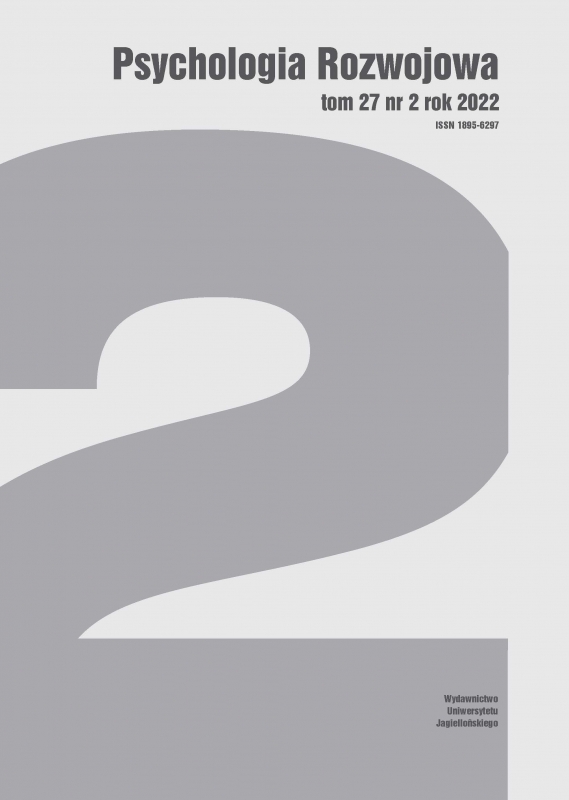Camouflaging in Autism Spectrum Conditions in the Context of Self-Esteem Level
Camouflaging in Autism Spectrum Conditions in the Context of Self-Esteem Level
Author(s): Joanna Kossewska, Magdalena MilczarekSubject(s): Social Sciences, Psychology, Social psychology and group interaction, Developmental Psychology
Published by: Wydawnictwo Uniwersytetu Jagiellońskiego
Keywords: autism spectrum disorder; camouflage; self-esteem; psycho-social functioning; adulthood
Summary/Abstract: People with autism spectrum condition (ASC) sometimes mask the features of autism, and this could be related to their level of self-esteem. The aim of the research was to show the relationship between the intensity of autistic features, camouflage and self-esteem. Polish versions of the following tools were used in the study: the Short Autism Spectrum Quotient Test (AQ-10), the Rosenberg Self-Esteem Scale, and the Camouflaging Autistic Traits Questionnaire-CAT-Q. The study involved 100 adults (aged 18 to 52) who were divided into two groups based on their ASD diagnosis and empirical AQ-10 indicators: an ASD group (N1 = 41, declaration of ASD diagnosis and indicator AQ ≥ 6; 31 females, 4 males, 6 nonbinary persons, mean age = 28.71, sd = 8.86); and a non-ASD group (N2 = 48, no ASD diagnosis and indicator AQ < 6; 29 females, 17 males and nonbinary persons, mean age = 26.14, sd = 9.64). The results revealed the existence of a linear relationship between the severity of autistic traits and the use of camouflaging strategies. No linear relationship was found between self-esteem and the other variables; however, some significant differentiation was identified due to the distinguished level of self-esteem (low, medium, high).
Journal: Psychologia Rozwojowa
- Issue Year: 27/2022
- Issue No: 2
- Page Range: 71-87
- Page Count: 17
- Language: English

